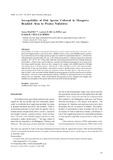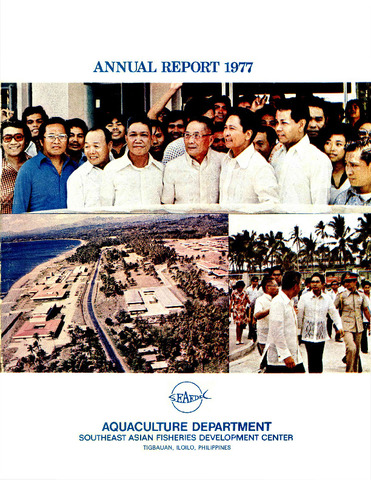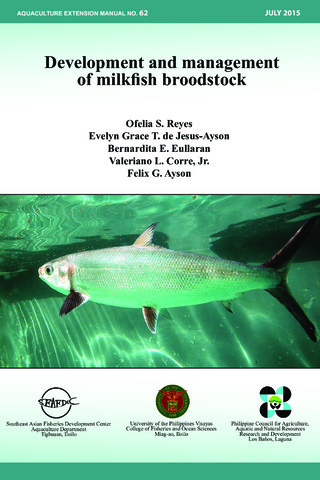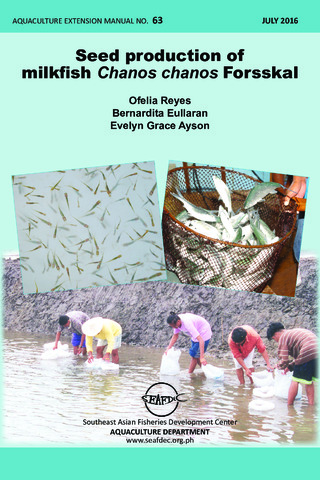Susceptibility of fish species cultured in mangrove brackish area to piscine nodavirus

Associated URL
www.jstage.jst.go.jpDate
2007Page views
158Metadata
Show full item recordCited times in Scopus
Share
Abstract
Susceptibility of orange-spotted grouper Epinephelus coioides, Asian sea bass Lates calcarifer, mangrove red snapper Lutjanus argentimaculatus, milkfish Chanos chanos, and rabbitfish Siganus guttatus to piscine nodavirus from orange-spotted grouper was studied by experimental infection. The fish were intraperitoneally injected with 0.05 mL of the filtrate homogenate of infected organs from diseased grouper at 106.8, 105.8 or 104.8 TCID50/fish, while the control group received 0.05 mL of Hanks’ balanced salt solution. Clinical signs such as lethargy, anorexia and darkened pigmentation were observed in the orange-spotted grouper, Asian sea bass, mangrove red snapper, and milkfish injected with high and medium doses of the homogenate. Although no or little mortality occurred in the experimentallyinfected fish 10 days post-inoculation, viral nervous necrosis specific lesions such as severe necrosis and vacuolation in the brain and retina were produced in these four fish species. The virus was reisolated in SSN-1 cells inoculated with the filtrated tissue homogenate of survivors in all doses for all four fish species. However, in the experimentally infected rabbitfish no histological lesion was observed, and no virus was reisolated. These results indicate that grouper, sea bass, mangrove red snapper, and milkfish are susceptible to the piscine nodavirus isolated from diseased grouper.
Suggested Citation
Maeno, Y., de la Peña, L. D., & Cruz-Lacierda, E. R. (2007). Susceptibility of fish species cultured in mangrove brackish area to piscine nodavirus. Japan Agricultural Research Quarterly , 41(1), 95-99. https://doi.org/10.6090/jarq.41.95
Subject
Taxonomic term
Collections
- AQD Journal Articles [1215]
Related items
Showing items related by title, author, creator and subject.
-
Annual report 1977
Southeast Asian Fisheries Development Center, Aquaculture Department (Aquaculture Department, Southeast Asian Fisheries Development Center, 1978) -
Development and management of milkfish broodstock
Reyes, Ofelia S.; de Jesus-Ayson, Evelyn Grace T.; Eullaran, Bernadita E.; Corre Jr., Valeriano L.; Ayson, Felix G. (Aquaculture Department, Southeast Asian Fisheries Development Center, 2015)The manual provides developed and refined techniques for collection and transport of spawned eggs and larvae, as well as larval rearing. It also describes the necessary facilities for maintaining milkfish broodstock. Guidelines ... -
Seed production of milkfish Chanos chanos Forsskal
Reyes, Ofelia; Eullaran, Bernadita; Ayson, Evelyn Grace (Aquaculture Department, Southeast Asian Fisheries Development Center, 2016)A 26-page manual describing the site selection, hatchery design, spawning, larval rearing, natural food production, and economic analysis for milkfish.





